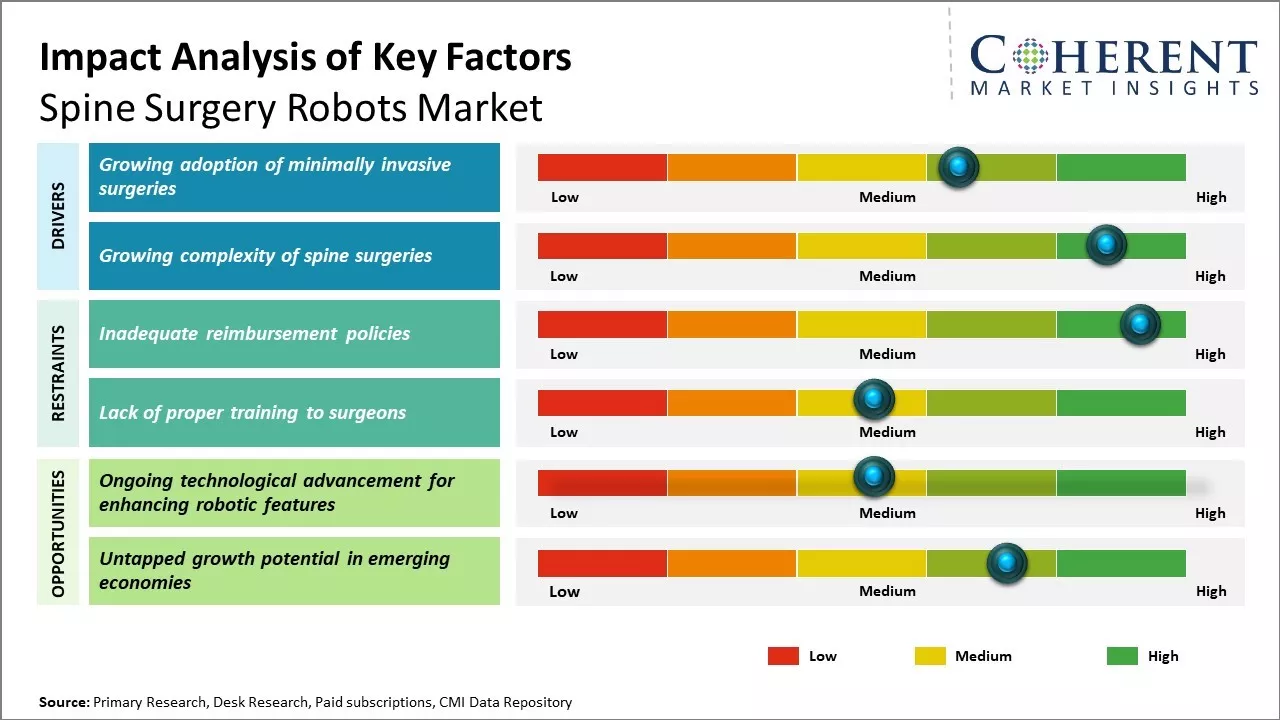The spine surgery robots market is estimated to be valued at USD 253.8 Mn in 2025 and is expected to reach USD 612.5 Mn by 2032, growing at a compound annual growth rate (CAGR) of 13.4% from 2025 to 2032.

To learn more about this report, Request sample copy
The market is expected to witness significant growth during the forecast period. This is attributed to an increase in the adoption of spine surgery robots and rising number of spine surgeries being carried out annually across the globe. Technological advancements leading to the introduction of innovative systems and rise in funding for robotic technologies research is also expected to support the market growth. Growing geriatric population suffering from orthopedic disorders and rising awareness about the benefits offered by robotic systems over conventional spinal surgeries are some other factors anticipated to drive the global spine surgery robots market in the coming years.
Growing adoption of minimally invasive surgeries
The primary driver for the growth of spine surgery robots is the increasing adoption of minimally invasive surgical procedures across the globe. Minimally invasive surgeries offer various benefits over traditional open surgeries such as smaller incisions, lesser trauma to tissues, reduced blood loss, shorter hospital stays, and quicker recovery times. This has led to growing demand among both surgeons and patients for minimally invasive options. Spine surgeries performed using robots allow for very small incisions compared to open or even conventional minimally invasive surgeries through the usage of multiple robotic arms controlled by the surgeon console. Robotic systems provide surgeons with enhanced visualization and more precise control and flexibility of instruments in tight operative corridors. The intricate anatomy of the spine, especially in complex revision cases, is easily navigated with the assistance of robotics. Hospitals and ambulatory surgery centers are also propelled to invest in spine surgery robots as their usage has been demonstrated to reduce post-operative pain and lead to faster return to normal activities for patients. With an aging global population experiencing more degenerative spine conditions, and issues such as obesity further exacerbating spine problems, the shift towards minimally invasive treatments will continue growing in the future.
Joining thousands of companies around the world committed to making the Excellent Business Solutions.
View All Our Clients